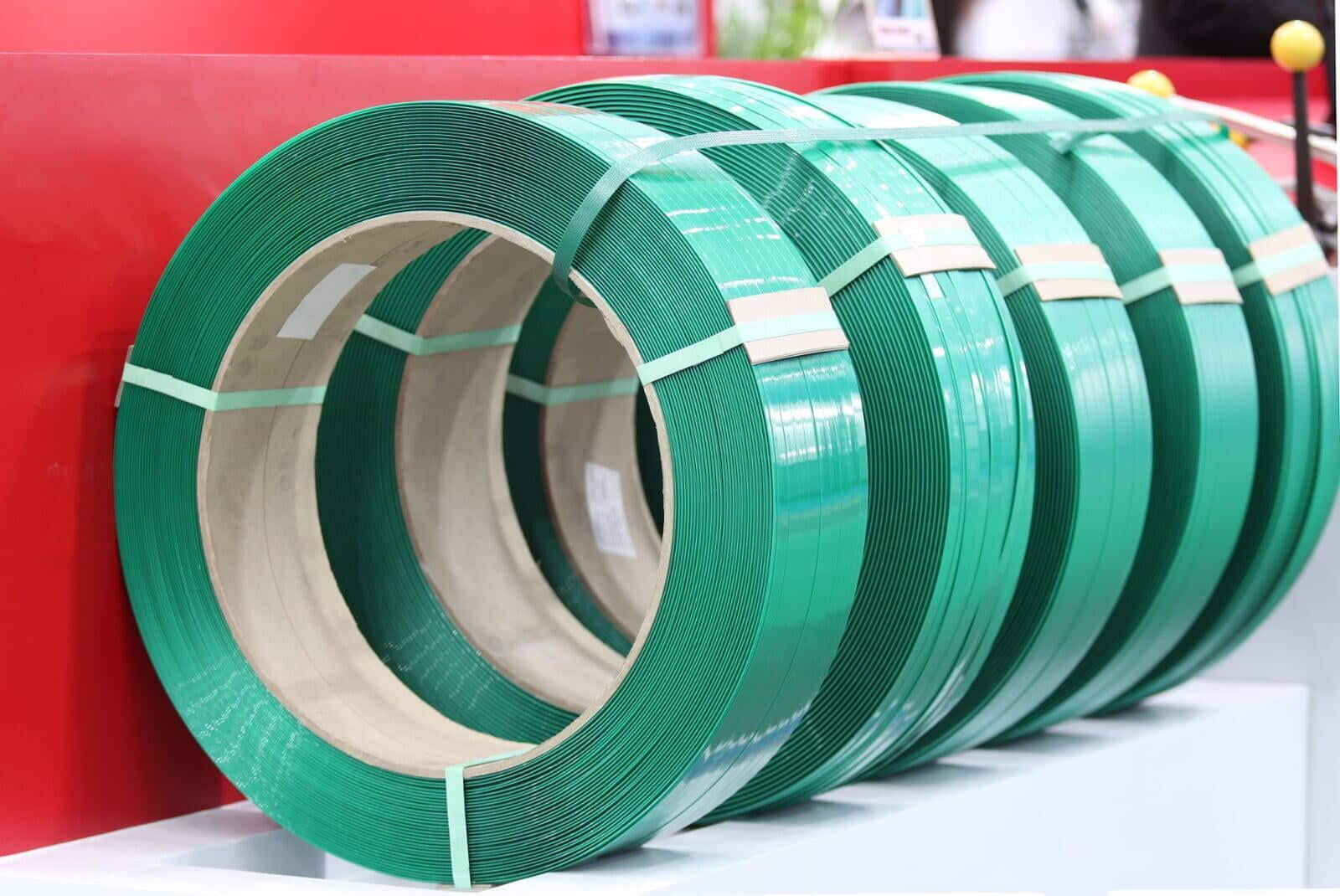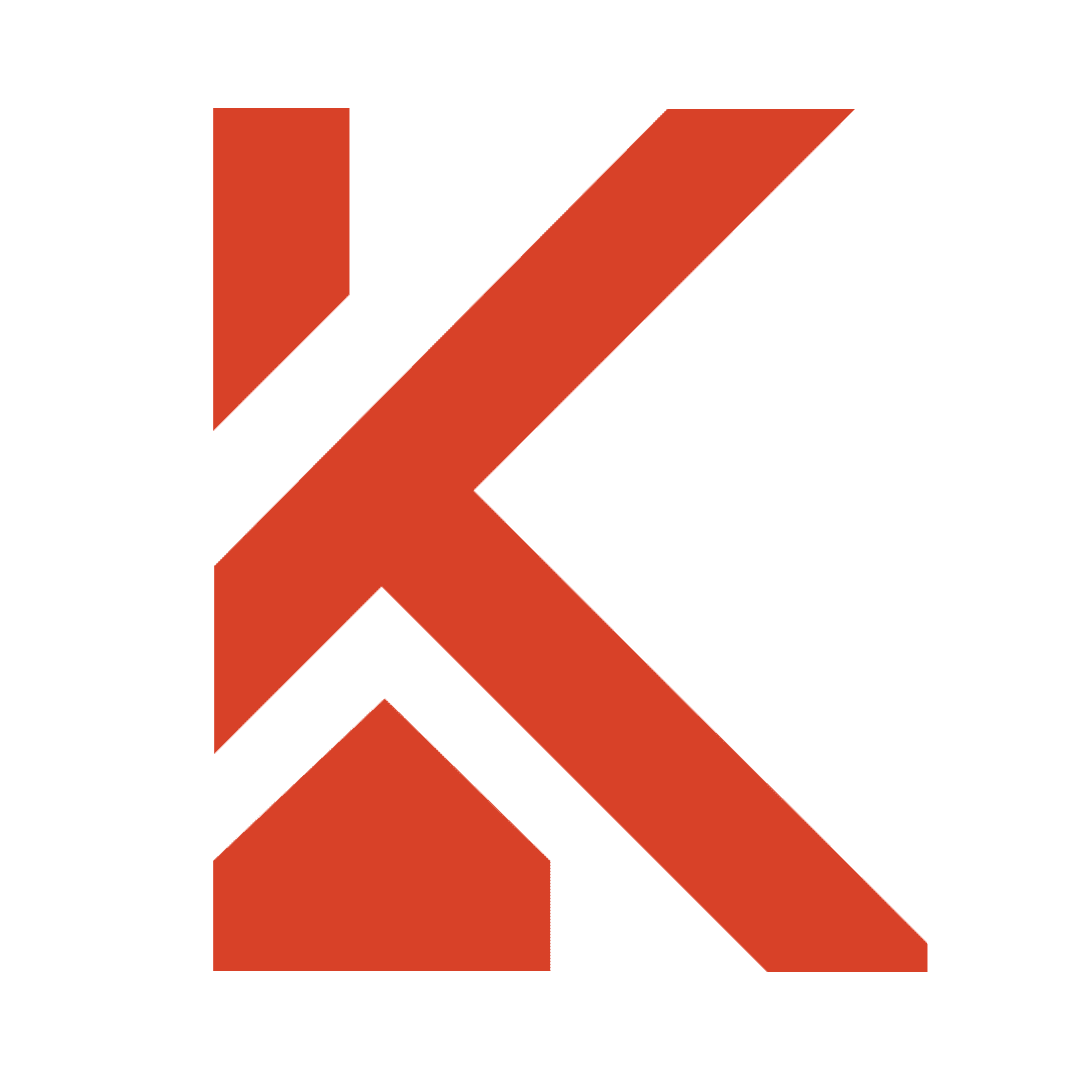Introduction
Edgebands play a crucial role in enhancing the durability and aesthetic appeal of furniture and cabinetry. They are essential for covering the exposed edges of panels and providing a polished finish. In this blog, we’ll explore the various types of edgebands, the materials used to make them, and their applications to help you choose the right option for your project.

Types of Edgebands
1. PVC Edgebands
Overview: PVC (Polyvinyl Chloride) edgebands are among the most popular due to their versatility and cost-effectiveness. They are known for their durability and ease of application.
Features:
- Durability: Resistant to scratches, impacts, and moisture.
- Flexibility: Can be easily shaped to fit various panel edges.
- Cost-Effective: Generally more affordable compared to other materials.
Applications:
- Residential Furniture: Ideal for kitchen cabinets, wardrobes, and furniture where budget and functionality are key.
- Commercial Use: Suitable for office furniture and high-traffic areas.
2. ABS Edgebands
Overview: ABS (Acrylonitrile Butadiene Styrene) edgebands offer a higher degree of rigidity and impact resistance compared to PVC.
Features:
- High Impact Resistance: More robust against physical impacts and wear.
- Finish Quality: Provides a high-quality finish that mimics real wood or other materials.
- Color Stability: Retains color over time without fading.
Applications:
- High-Traffic Areas: Perfect for environments where durability is crucial, such as schools and commercial spaces.
- Aesthetic Requirements: Used in applications where a premium look and feel are desired.
3. Melamine Edgebands
Overview: Melamine edgebands are made from melamine-coated paper or MDF, offering a decorative finish that matches the surface of the panel.
Features:
- Decorative: Available in various colors and patterns to match or contrast with the panel surface.
- Affordability: A cost-effective option for decorative purposes.
- Ease of Application: Typically applied using hot-melt adhesive.
Applications:
- Furniture and Cabinets: Widely used in residential and commercial furniture where a coordinated look is important.
- DIY Projects: Popular among DIY enthusiasts for their easy application and customization.
4. Veneer Edgebands
Overview: Veneer edgebands are made from real wood or wood veneers, providing an authentic wood appearance and texture.
Features:
- Authentic Appearance: Offers the natural look and feel of real wood.
- Customization: Available in various wood species and finishes.
- Durability: High-quality veneers provide long-lasting beauty and performance.
Applications:
- High-End Furniture: Preferred for luxury and high-end furniture where an authentic wood finish is desired.
- Custom Projects: Ideal for bespoke cabinetry and furniture.
5. Aluminum Edgebands
Overview: Aluminum edgebands provide a modern, sleek finish with added durability and resistance to environmental factors.
Features:
- Modern Aesthetics: Adds a contemporary touch to furniture and cabinetry.
- Durability: Resistant to corrosion, impacts, and temperature changes.
- Low Maintenance: Requires minimal upkeep compared to other materials.
Applications:
- Modern Interiors: Used in contemporary and industrial-style interiors.
- Commercial Spaces: Ideal for environments where durability and a modern look are required.
Choosing the Right Edgeband
Selecting the right edgeband depends on various factors including the intended application, budget, and desired aesthetics. Consider the following when making your choice:
- Durability Needs: Choose materials like ABS or aluminum for high-traffic or commercial applications where durability is crucial.
- Aesthetic Preferences: For a high-end look, veneer or melamine edgebands can provide a decorative finish that complements the panel surface.
- Cost Considerations: PVC and melamine edgebands offer cost-effective solutions for residential and DIY projects.
Applications and Uses
Edgebands are used across a wide range of applications to enhance both the functionality and appearance of furniture and cabinetry. Their primary uses include:
- Covering Panel Edges: Protects and finishes the exposed edges of panels, preventing damage and wear.
- Improving Aesthetics: Adds a polished, professional look to furniture and cabinetry.
- Increasing Durability: Provides protection against impacts, moisture, and everyday wear.
Pro Tip: Always choose edgebands that match or complement the surface material of your panels for a cohesive and attractive finish.
Conclusion
Edgebands are a vital component in modern furniture and cabinetry, providing both practical and aesthetic benefits. By understanding the different types of edgebands, their materials, and applications, you can make informed decisions that enhance the functionality, durability, and appearance of your projects. Whether you’re working on residential furniture, commercial cabinetry, or custom designs, selecting the right edgeband ensures a professional finish and long-lasting performance.
For more insights and guidance on edgebands and other furniture components, stay connected with our blog and explore additional resources to elevate your projects.






